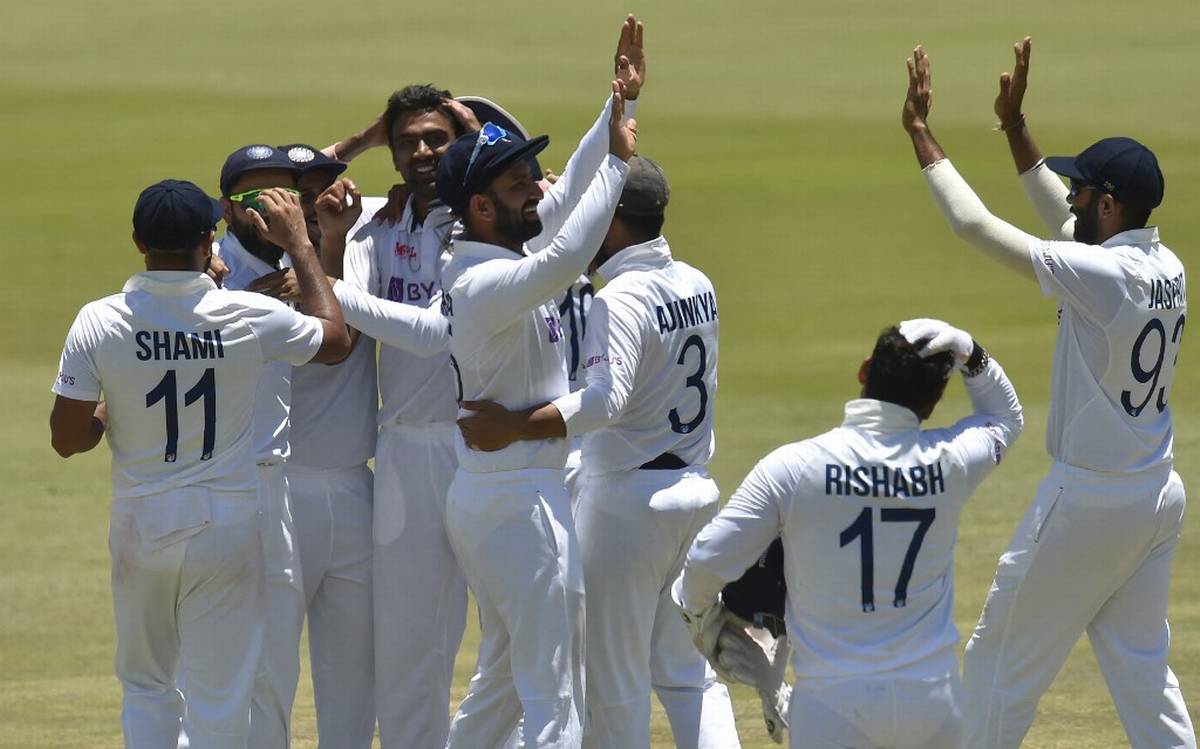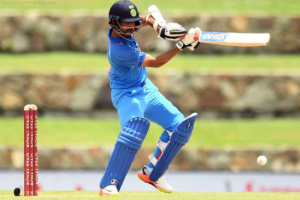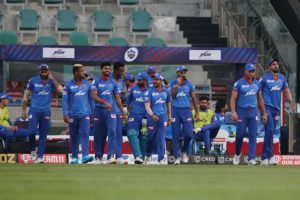Centurion almost made up for the lost time by taking the most wickets it has ever produced in a single day of Test cricket (18) even though the whole second day was washed out by rain. This was exactly the outcome India wanted since it signalled the pitch had substantially more life than on day one when they lost their last seven wickets in 69 balls, which is not ideal. This was after India had made a total of 327 in the first innings after Virat Kohli won the toss and chose to bat.
After Mohammed Shami’s second first-innings five-for in Test cricket, India had a 130-run advantage. That was, despite the absence of Jasprit Bumrah for 49 overs due to an ankle injury.
The weather remained clear for the last two days of the Test and so India was in complete control. Things looked the same after the first day, but a rain-washed second day left them requiring an innings victory or a transformed pitch to force a result. Typically, Centurion’s pitches become faster after the first day, but the new ball’s bounce was inconsistent.

The Story Of The First Test Match Between South Africa And India, With The Visitors Picking Up A Hard-Fought Win
When the first four wickets of a side had batted for 90 overs or longer, the outcome was the second-fastest collapse in Test cricket (where fall-of-wicket information is available) in terms of balls. In the first 13 overs with India’s first new ball, four wickets fell before the pitch softened sufficiently to allow South Africa to recover from 32 for 4 to finish with 197 runs.
Lungi Ngidi and Kagiso Rabada made a mess of things with their powerful and erratic deliveries early on. In Centurion, Ngidi finished with a second six-wicket haul. There was a sense of security among the other batsmen after the overnight pair of KL Rahul and Ajinkya Rahane succumbed to extra bounce in what will be a four-day Test. They undoubtedly wished they could have bowled there instead of surviving the Test. After just 60 erroneous responses in the first 90 overs, 28 popped up in the following 15.3 overs, so it was understandable. In those overs, India scored 55 runs and then went on the attack.
A full ball, shaped in and then nibbled away just enough after pitching sent back skipper Dean Elgar in Bumrah’s opening over, an unplayable delivery. As soon as India altered the lengths, Keegan Petersen made a mistake. He was far away from the pitch of the ball when it came back to grab the inside edge and knock down his stumps. He was waiting for the drive still. Aiden Markram wasn’t facing an unplayable ball for the first time when he had his off-stump pinned down by one that kept its line. This was a high-level questioning.
In the 11th over, Mohammed Siraj used two sucker balls to get Rassie van der Dussen out on the drive after Bumrah hurt his ankle and had to leave the field. Temba Bavuma and Quinton de Kock were able to form a solid connection as the ball became softer and less finicky. This duo put forth a lot of effort and paid a price every time India went too high. The fourth-wicket partnership of 72 was the only one of 50 or more, although India’s choice to field five bowlers came in useful.
A Day Of Havoc On The Cricket Pitch; Wickets Fell Like Flies
Shardul Thakur returned to make de Kock play the first ball in a fresh spell after the partnership had fought off R Ashwin’s first session and a Shami spell. Bumrah had returned to the field just before tea, but he still had more than two hours before his next opportunity to bowl.
After the tea break, the ball was still not doing much, making things difficult. The 4-0-19-2 spell Shami threw at this point eliminated Bavuma and No. 7 Wiaan Mulder. Bavuma even made his half-century, but both of them committed mistakes in the face of Shami’s pinpoint precision. Mulder hit a half-volley with a sloppy drive, and Bavuma nicked a wide one beyond the line of his head.
In the eighth over, Rabada and debutant Marco Jansen put up 37 for the eighth wicket, but Thakur struck seconds before Shami and Bumrah returned to the crease. That ball appeared perfectly straight when Jansen was within the line of play. A five-wicket haul from Shami, that dismissed Rabada, was the Indian fast bowler’s 200th wicket. Caught At fly-slip, Bumrah took the wicket of Keshav Maharaj, who had been dismissed for a duck.
Mayank Agarwal was dismissed by Jansen in the last 30 minutes of play, and India finished the day on 146-1. On a surface like this, you can bet on yourself to win after the third day, but rain is predicted for day five, so it would be intriguing to see whether India declares if they are in a position to do so.

The Indian Bowling Did The Job On The Last Two Days To Earn A Win In Style
With a target of 305 set for the hosts to chase on the final day of the Test match, it was once again the Indian bowling that needed to step up. Skipper Dean Elgar was keen to make a name for himself and started off really positively. He made 77 off 156 balls and gave the mighty Indian Test team a real scare. However, once he was dismissed by Bumrah, things swung in India’s favour.
The odds were in the visiting team’s favour. Successfully chasing anything above 250+ against India was always going to be difficult. Only two Test sides had successfully chased a 250+ target against India
342/8 by Australia at Perth on 21 Dec 1977
276/5 by West Indies at Delhi on 29 Nov 1987
To add to that, King Koli continued to add to his brilliant record. Test captains under which a team bowled out the opposition for under 200 most times:
50* – Virat Kohli 🇮🇳
48 – Graeme Smith 🇿🇦
40 – Peter May 🏴
39 – Clive Lloyd 🏝️
36 – Ricky Ponting 🇦🇺





Joy Barma
8 Aug 2022Thank you for this informative and useful blog about cricket.